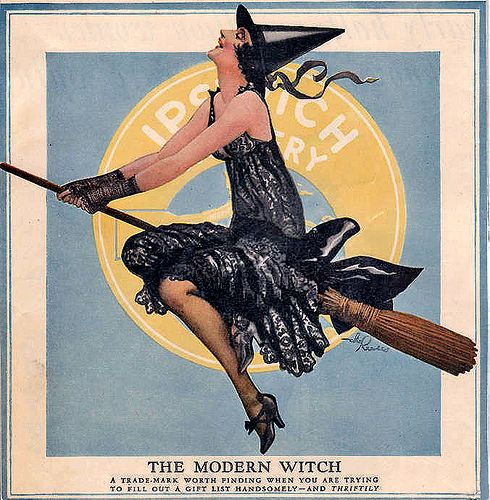.jpg) The Afterlife of Witch Hunting
The Afterlife of Witch Hunting
I. Witch Hunts After Salem
A) Seneca Possessed: Native American Witch Hunts
B) Changes in the Law
C) Folk Persecutions
Image: The Mystic Massacre, May 26, 1637
Image: The "Hex House" of Nelson Rehmeyer
Image: "Witchcraft Devotees Indicted in Killing," Rochester Evening Journal, 8 January 1929
Image: Der lange verborgene Freund (1828) [originally published 1820]
II. Medicine & Psychiatry
Image: Aegidius Albertinus, Hirnschleiffer (Cologne: Munich, 1664)
Image: Postcard showing the Nebrasks State Hospital for the Insane
III. Commercialization & Domestication
Clip: Introduction to Bewitched (1964-1972)
Trailer: Kiki's Delivery Service (1989)

IV. Satanic Panic: Witch Hunts Without Witches
Image right: John Mix Stanley, The Trial of Red Jacket (1869). Smithsonian American Art Museum Red Jacket (1758-1830) was a famous leader of the Seneca tribe of the Iroquois Nation. In this ambitious painting, John Mix Stanley showed the chief defending himself against a charge of witchcraft. Under his white robe is the red jacket given to him by a British officer for his help as a messenger during the American Revolution. Stanley trained as a portrait painter, and all of the figures in this work are portraits of identifiable individuals. .
.jpg)
.jpg)